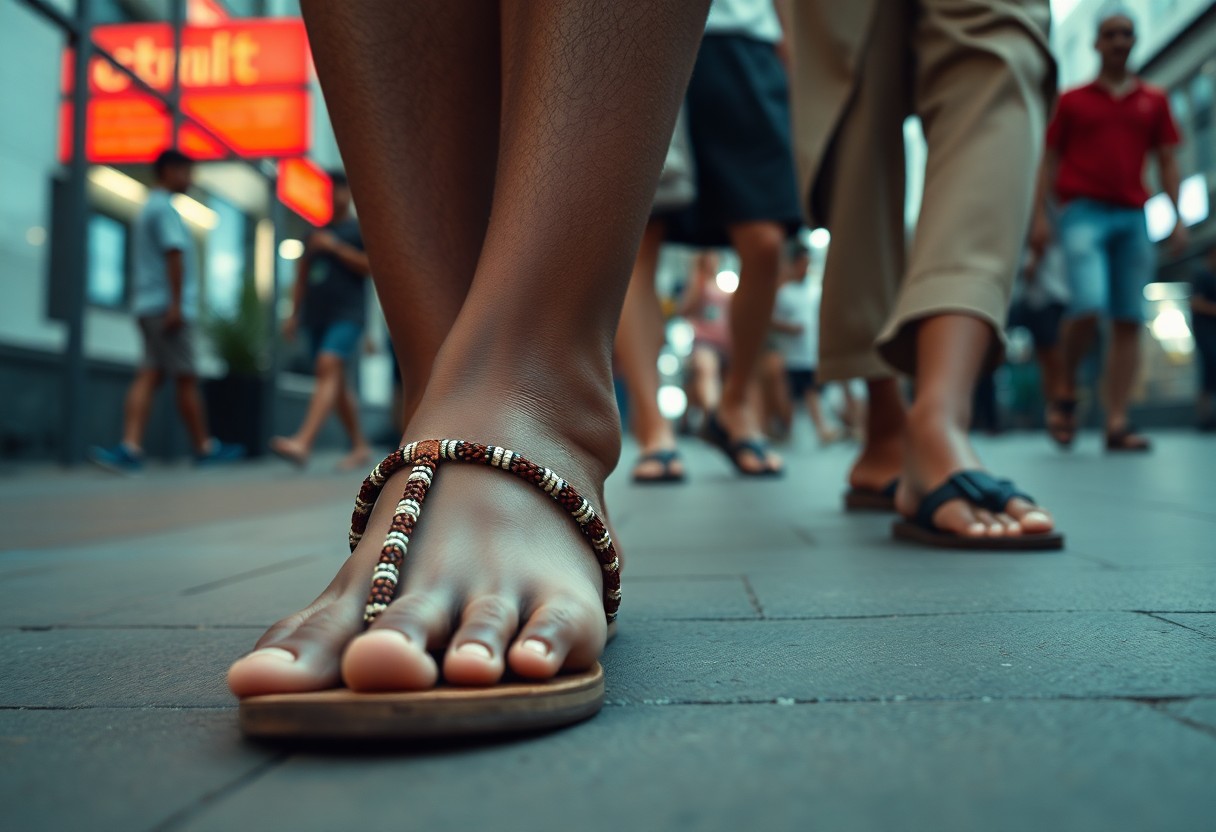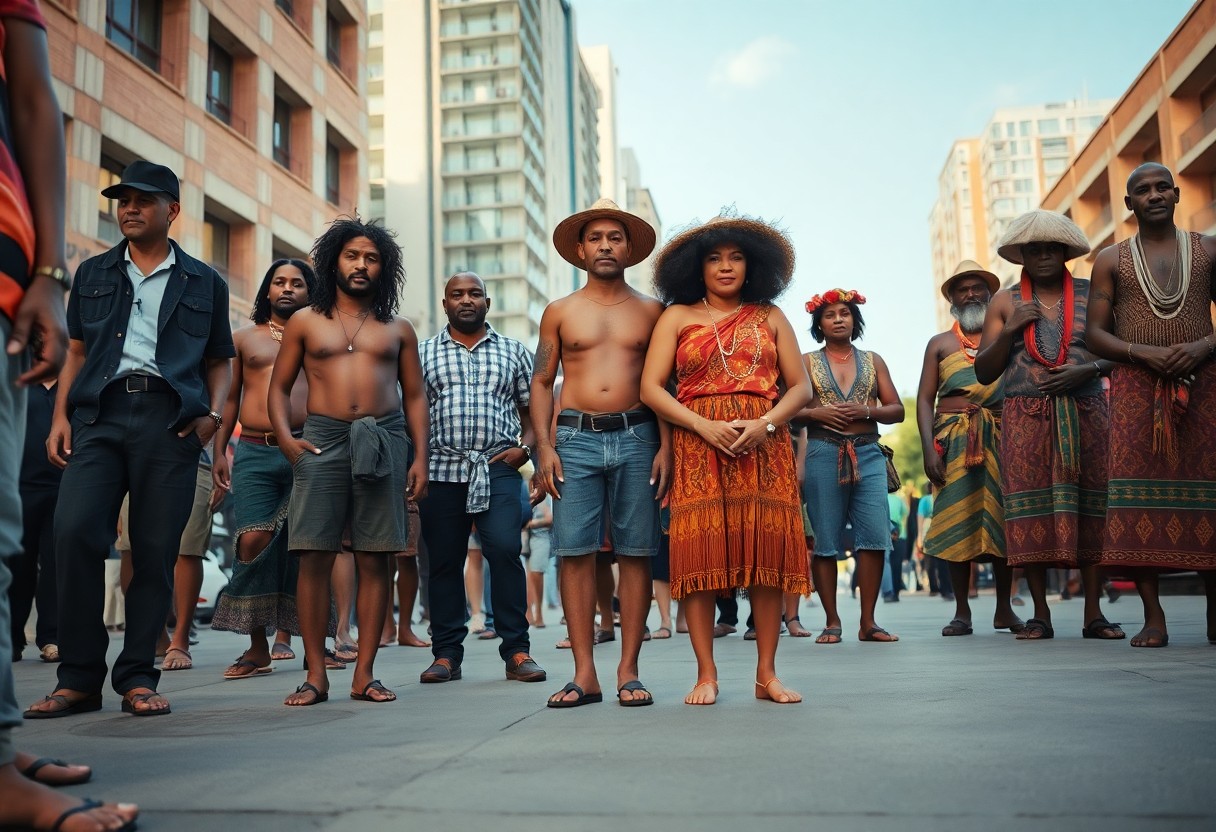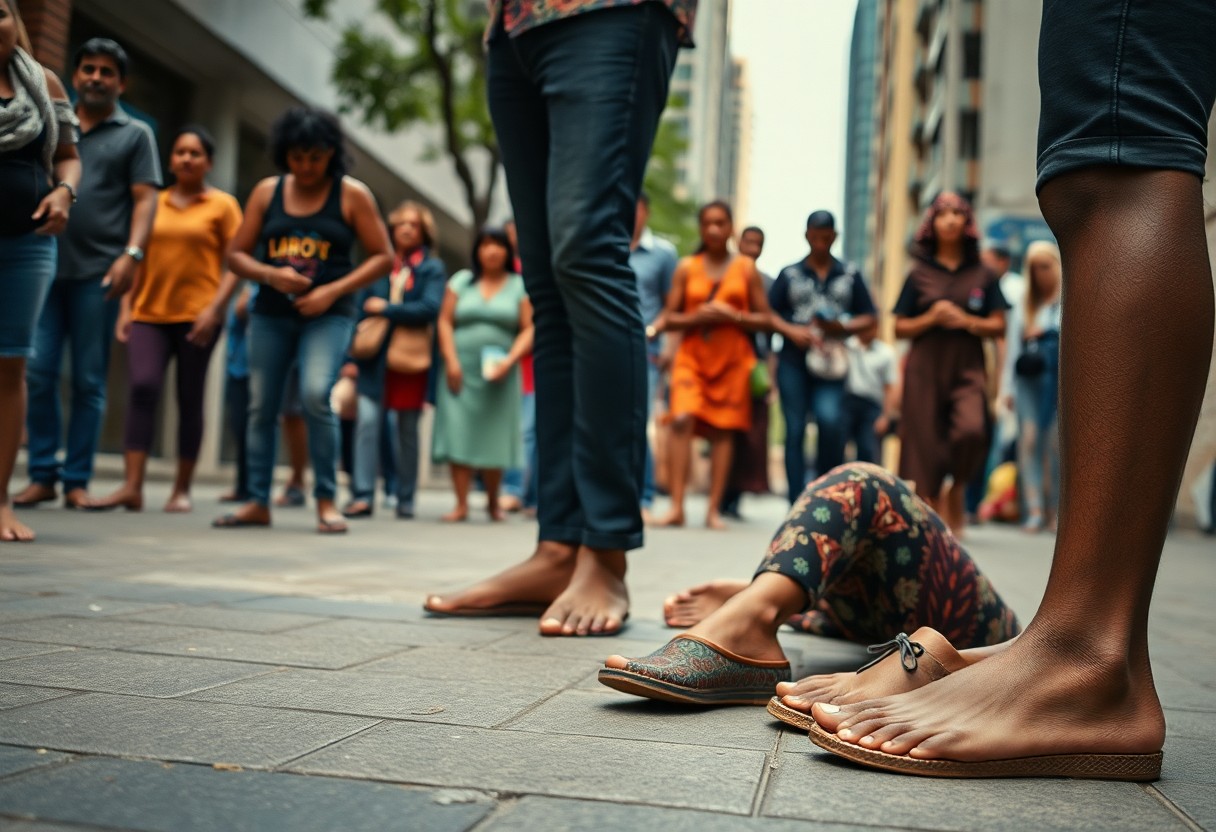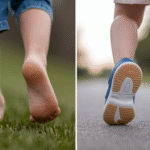
Exploring the world of barefoot footwear through the lens of cultural anthropology unveils captivating narratives that intertwine the time-honoured traditions of Aboriginal cultures with the realities of modern urban existence. As you delve into this intriguing evolution, you will uncover how cultural ideologies and practices related to minimalist footwear shape our perceptions of comfort, our bond with nature, and avenues for self-expression. Gaining an understanding of these themes not only expands your knowledge but also inspires a thoughtful reconsideration of how the footwear choices you make can embody significant cultural meanings and individual identity.

Discover the Connection Between Ancient Footwear Traditions and Modern Innovations
The modern footwear industry represents a vibrant tapestry that beautifully intertwines age-old traditions with groundbreaking innovations, fostering a growing appreciation for <a href="https://limitsofstrategy.com/barefoot-footwear-merging-biomechanics-with-user-search-trends/">barefoot footwear</a>. This journey not only pays tribute to traditional indigenous techniques but also adapts these methods to align seamlessly with your contemporary lifestyle. By acknowledging the importance of historical practices, you can uncover an exciting synthesis of cultural respect and practical design in your everyday footwear choices, thereby enhancing your personal style while honouring the past.
Analyse Indigenous Foot Conditioning Techniques Compared to Modern Practices
In various indigenous cultures worldwide, unique conditioning techniques have been utilised to strengthen feet for navigating diverse terrains. Practices such as walking barefoot on varied surfaces have enhanced the arches and muscles in ways that many modern interpretations often fall short of replicating. While contemporary minimalist footwear aims to mimic these benefits, they rarely provide the genuine experience of authentic contact with the earth, which is vital for cultivating natural foot strength and flexibility. Engaging with these traditional techniques offers a comprehensive understanding of foot health that contemporary designs often overlook, inviting a broader perspective on footwear functionality.
Explore the Evolution of Military Footwear: From Ancient Caligae to Modern Tactical Boots
The journey of military footwear is a narrative rich with adaptation and innovation, evolving from the sturdy Roman caligae, designed for durability and traction, to today’s tactical boots that blend protection with agility and comfort. A deeper investigation into these transitions reveals a consistent theme: in challenging environments, functionality is paramount, requiring gear that enhances soldiers’ endurance and mobility to withstand the rigours of their roles.
The Roman caligae represented a sophisticated solution to military needs, crafted from robust leather with an open-toe design for optimal breathability. This ancient footwear featured thick soles that effectively absorbed shock and provided essential traction, critical in combat scenarios. Fast forward to the present day, and tactical boots are now constructed with advanced materials such as Kevlar and waterproof membranes, significantly boosting durability and performance. These modern designs incorporate padded collars and advanced cushioning systems to minimise injuries during demanding military operations. Appreciating the history of military footwear highlights how these traditional styles have paved the way for contemporary innovations, merging heritage, practicality, and cutting-edge technology to address the ever-evolving needs of today’s warriors.

Investigate the Footwear Divide: Urban versus Rural Cultural Insights
The differing footwear selections in urban and rural contexts reveal profound cultural and practical distinctions. Urban environments often prioritise style and brand identity, while rural settings may focus more on functionality and durability. As barefoot footwear gains popularity, individuals in urban areas increasingly adopt its minimalist design as both a fashion statement and a means to achieve perceived health benefits. In contrast, residents of rural areas may remain hesitant, influenced by longstanding traditions and the practical necessities dictated by their surroundings.
Identify Emerging Trends in Urban Acceptance of Barefoot Footwear
In urban settings, a noticeable trend towards the acceptance of barefoot footwear is evident, with adoption rates rising steadily over the past decade. This shift is driven by various factors, including a heightened awareness of health, an increasing interest in natural movement, and the influence of fitness trends such as yoga and running. Recent surveys indicate that approximately 35% of urban residents have actively sought out barefoot-style shoes, illustrating a significant cultural shift towards embracing innovative body mechanics and enhancing overall well-being.
Explore Gender Dynamics in Barefoot Footwear Adoption: Who is Leading the Charge?
Gender dynamics significantly influence the acceptance of barefoot footwear, as distinct motivations shape the choices of both men and women. Women often face greater societal expectations regarding fashion and aesthetics, which can hinder their willingness to embrace minimalist styles. Conversely, men may be driven more by the performance and health benefits associated with these shoes, resulting in higher adoption rates within the male demographic.
A deeper examination of the gendered aspects of barefoot footwear adoption reveals that societal norms heavily influence women’s decisions. Women frequently navigate a landscape where ideals of beauty and fashion overshadow practical health advantages. Research indicates that approximately 45% of men in urban environments are inclined towards barefoot footwear, compared to only 30% of women. Female consumers often grapple with balancing aesthetics and functionality, making them more cautious when evaluating the design of barefoot footwear against their desire for comfort and support. By empowering women through targeted awareness campaigns and showcasing fashionable barefoot options, the willingness to engage with this trend could increase, potentially reshaping urban footwear narratives and promoting inclusivity across genders.

Innovative Technologies Shaping the Future of Barefoot Footwear
As the demand for barefoot footwear continues to rise, pioneering technologies are poised to revolutionise your experience of comfort and performance. Advances in materials science and personalised fitting techniques will not only enhance functionality but also tailor your walking experience, merging traditional wisdom with modern design principles. We are entering an era where your footwear becomes uniquely suited to the journey it accompanies, leading to enhanced comfort and performance.
Utilising 3D Scanning Technology for an Unmatched Fit
The rise of 3D scanning technology is transforming how barefoot footwear is customised, enabling a precise fit that conforms to your unique foot shape. Rather than settling for generic sizes, your shoes can be intricately designed to align perfectly with the contours of your feet, significantly enhancing comfort while minimising the risk of injury. The availability of custom-fit options will not only elevate your walking experience but also make barefoot shoes accessible for individuals with diverse foot shapes and sizes.
Integrating Smart Sensors: The Next Evolution in Footwear Technology
The incorporation of smart sensors into barefoot footwear is set to redefine the industry by embedding advanced technology directly into the soles. These innovative features can monitor various metrics, from distance travelled to foot pressure, providing you with invaluable insights to optimise your walking or running habits. With real-time data at your fingertips, you can adjust your activities to boost performance and safeguard your well-being.
Imagine having access to real-time analytics as you walk or run. Smart sensors can track your gait, alerting you to any irregularities that could lead to injury. Some forward-thinking brands are already developing footwear capable of analysing your foot's impact on different terrains, offering personalised recommendations for style or cushioning adjustments in real-time. This groundbreaking integration fuses smart technology with the traditional barefoot philosophy, ensuring you maintain a natural stride while leveraging the latest advancements in wearable tech. The potential to enhance sports performance, aid rehabilitation, and improve everyday comfort is limitless, fundamentally reshaping how you interact with your environment with every step.
Reflect on the Journey of Barefoot Footwear
Your exploration of the cultural anthropology surrounding barefoot footwear reveals a rich narrative woven from the threads of Aboriginal traditions to modern urban practices. By embracing the principles of natural movement and a connection to the earth, you gain valuable insights into how this footwear philosophy transcends mere fashion, deeply influencing lifestyle choices and community values. As you reflect on these diverse perspectives, consider how your footwear selections can embody and promote a more profound understanding of cultural heritage and adaptability in the contemporary world.
The Article Cultural Anthropology of Barefoot Footwear: From Aboriginal Traditions to Modern Urban Adoption appeared first on My Shoes Finder
The Article Cultural Anthropology of Barefoot Footwear: Traditions to Today Was Found On https://limitsofstrategy.com
The Article Cultural Anthropology of Barefoot Footwear Through the Ages found first on https://electroquench.com







